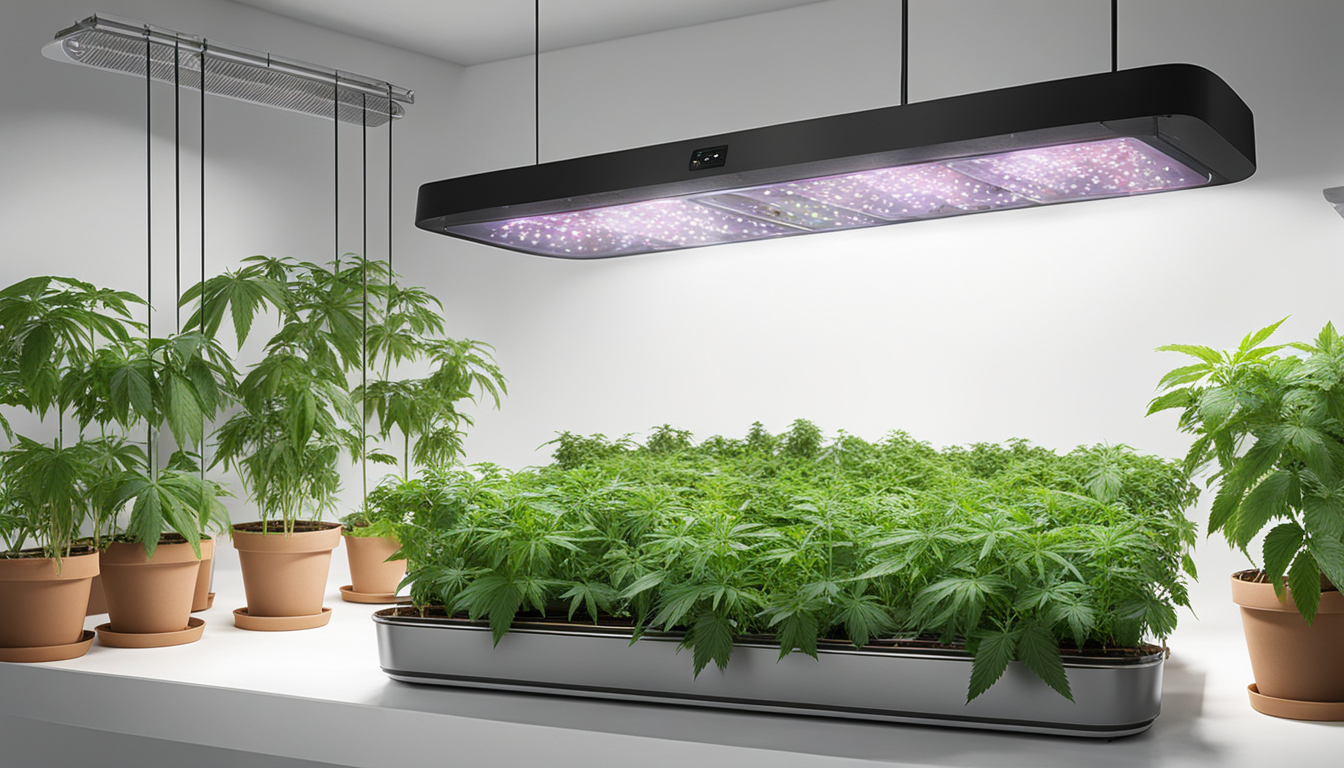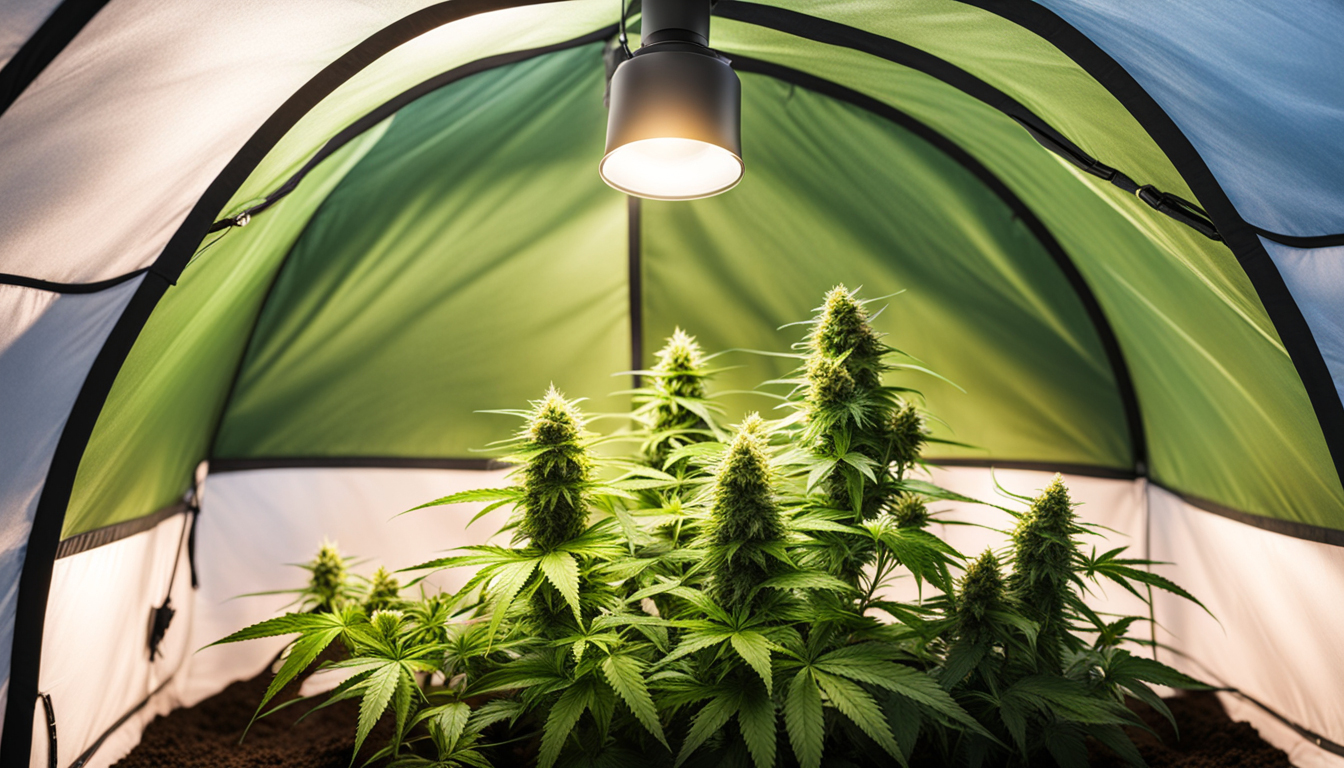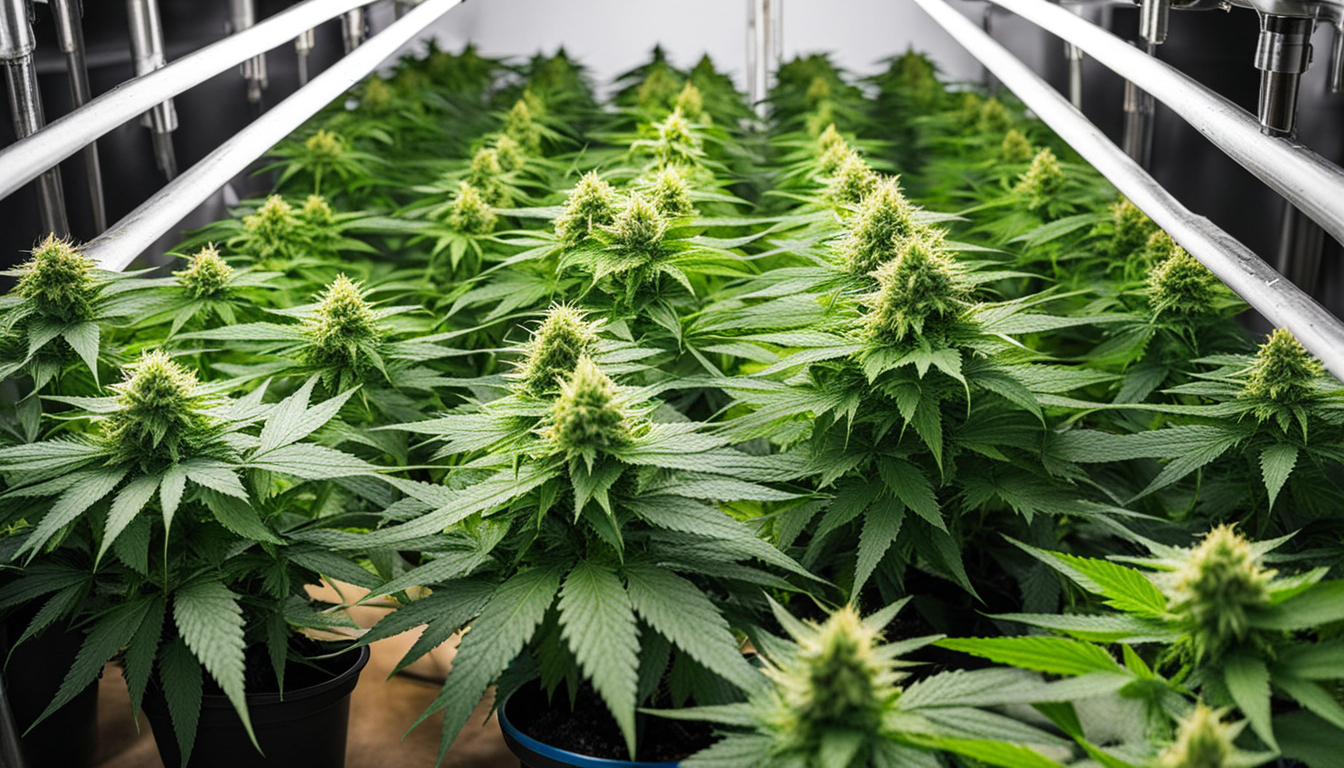
Whether you're just starting out with pot cultivation or looking to improve your existing grow, following this complete guide will help you produce big, high-quality yields right at home. With the right gear, strategies, and care, growing cannabis indoors can be an extremely satisfying and cost-effective endeavor.
Choosing Marijuana Varieties
The first step in planning your indoor harvest is picking the right cannabis strains to grow. The three main types of marijuana plants each have their own qualities.
Energizing strains
Known for their energizing cerebral effects, sativas grow tall and slender with narrow leaves. They thrive in hotter tropical climates and have a longer blooming time between 10-12 weeks indoors. Top sativa strains include Jack Herer, Durban Poison, Super Lemon Haze, and Jack Herer.
Relaxing strains
These strains provide calming body-focused effects and spread short and bushy with wide leaves. Accustomed to colder mountain climates, they bloom faster within 2-2.25 months. Popular relaxing varieties include Granddaddy Purple, Northern Lights, and Bubba Kush.
Hybrids
Hybrid strains mix traits from both energizing strains and relaxing strains. They offer blended effects and have medium blooming times around 2.25-2.5 months. Popular mixes are Blue Dream, OG Kush, and Blue Dream.

Setting Up Your Cultivation Space
Weed plants need the right controlled environment to thrive. Key factors for indoor grows are lights, airflow, layout, and finding the ideal discreet spot.
Location
Choose an unused space with quick access to water and electrical outlets. An empty extra bedroom, unused closet, corner of the basement, or grow tent locked away in a garage all make great stealthy cultivation room spots.
Lights
Weed requires intense light for all vegetative stages. LEDs are energy-efficient and come in broad spectrum options replicating natural sunlight. Provide 250-400 watts per square foot for the vegetative stage and 20-40 watts per sq. ft. for flowering.
Ventilation
Proper ventilation and exhaust systems maintain ideal temperature, moisture, and fresh CO2 levels. Install low-noise 4-6 inch fans or scrubbers to refresh stale air and reduce odors.
Layout
Optimize your space by positioning plants strategically under the lamps and allowing room to reach and work around them. Set up separate zones for growth, flowering, drying, and propagation.

Cultivation Mediums
Pot can be grown in various mediums, each with benefits and cons. Pick a proper option for your particular setup and growing style.
Soil
The traditional medium, soil is cheap and simple for beginners. It provides great taste but needs more watering and nutrients to nourish plants. Enrich soil with vermiculite or coco to enhance drainage.
Coconut coir
Made from coir, reusable coconut fiber retains water but still allows air to the roots. It's more sterile and more predictable than soil. Use coir-specific fertilizers to avoid accumulation.
Hydroponics
In water systems, plant roots grow directly in fertilizer water solution. This allows quick growth but needs close observation of water chemistry. DWC and drip systems are common methods.
Sprouting Seeds
Germination prepares your pot seeds to begin sprouting radicles. This prepares them for transplanting into Discover More their growing medium.
Paper Towel Method
Put seeds between wet paper towels and maintain them damp. Check after 2-7 days for growing radicles indicating germination is complete.
Planting directly
Insert seeds directly into pre-moistened cultivation medium 1⁄4 inch deep. Gently water and wait 1-2 weeks until seedlings break through the surface.
Rockwool Cubes
Soak rockwool cubes in balanced water. Place seeds 6mm deep into the cubes. Keep cubes moist until seedlings appear within a week to 2 weeks.
Repotting Seedlings
Once sprouted, pot young plants need to be transplanted to avoid crowding. Move them into proper sized pots.
Preparing Containers
Fill final containers with cultivation medium enriched with slow-release fertilizer. Let pots to soak up water overnight before transplanting.
Carefully Transplanting
Carefully loosen young roots from germination medium using a spoon. Place into prepared pot at Find Out More equal depth as before and gently water in.
Growth Stage
The vegetative stage promotes leafy growth and plant structure through 3/4 to full day of continual lighting intensity. This stage usually lasts 4-8 weeks.
Providing 18-24 Hours of Lighting
Use lamps on a 24 daily schedule or outdoor light to initiate nonstop photosynthesis. Light intensity influences size and internodal spacing.
Fertilizing
Use grow stage fertilizers richer in N. Make sure pH remains around 5.8-6.3 for full fertilizer uptake. Fertilize 25-50% strength after 2 weeks and increase gradually.
Training Techniques
Topping, low stress training, and trellising direct shoot shapes for flat foliage. This boosts yields.

Bloom Stage
The flowering stage develops buds as plants show their sex under a 12 hour cycle schedule. It lasts 8-12 weeks depending on variety.
Switching to 12/12
Change lamps to 12/12 or move outdoors for outdoor 12 hour cycle. This signals plants to start blooming.
Flushing
Leaching removes nutrient salts to enhance flavor. Fertilize weakly the first weeks then just use pH'd water the final 2 weeks.
Flushing
Continue 12 hour photoperiod but leach using pH-balanced water only. Resume clean watering if buds aren't yet mature after two weeks.
Harvesting
Recognizing when pot is completely mature ensures maximum potency and aroma. Cut down plants at peak ripeness.
Signs of readiness
Look for swollen calyxes, faded pistils, and 5-15% cloudy trichs. Check buds around the plant as they won't all ripen evenly.
Harvesting plants
Use sterilized, razor-sharp pruning shears to carefully slice each plant at the base. Leave 5-10cm of stalk attached.
Drying
Suspend intact plants or branches inverted in a dark room with average temperature and RH around 50-60% for 1-2 weeks.
Aging
Curing keeps drying while aging the buds like aged spirits. This process mellows bitterness and further develops terpene and terpene profiles.
Curing containers
Manicure dried buds from branches and place into sealed Donate Here containers, filling about 3⁄4 full. Use a sensor to measure container humidity.
Opening jars daily
Unseal jars for a short time each day to slowly reduce humidity. Rehydrate buds if humidity goes under 55%.
Final Cure
After 14-21 days when humidity levels off around 55-65%, perform a last trim and keep long-term in airtight jars.
Common Problems and Solutions
Even seasoned growers run into different weed plant problems. Detect issues soon and address them correctly to maintain a vibrant garden.
Poor feeding
Yellowing leaves often signify insufficient nitrogen. Anthocyanins and leaves show low phosphorus. Check pH and boost nutrients gradually.
Bugs
Spider mites, fungus gnats, mites, and root aphids are frequent weed pests. Use organic sprays, ladybugs, and yellow traps for natural control.
Mold
Excessive humidity promotes powdery mildew and root rot. Increase airflow and venting while lowering RH under 50% during flowering.

Summary
With this complete indoor pot cultivation guide, you now have the knowledge to grow bountiful strong buds for personal harvests. Apply these techniques and methods throughout the seed starting, vegetative, and bloom stages. Spend in quality equipment and carefully check on your plants. In time, you'll be compensated with sticky aromatic buds you grew yourself under the loving care of your green hands. Good luck cultivating!